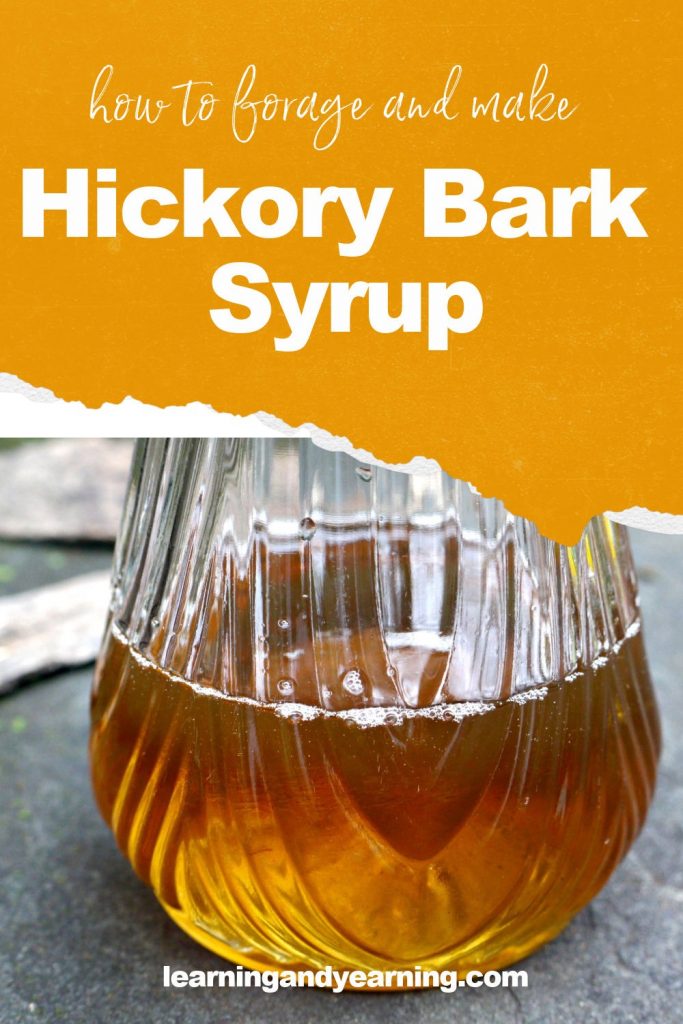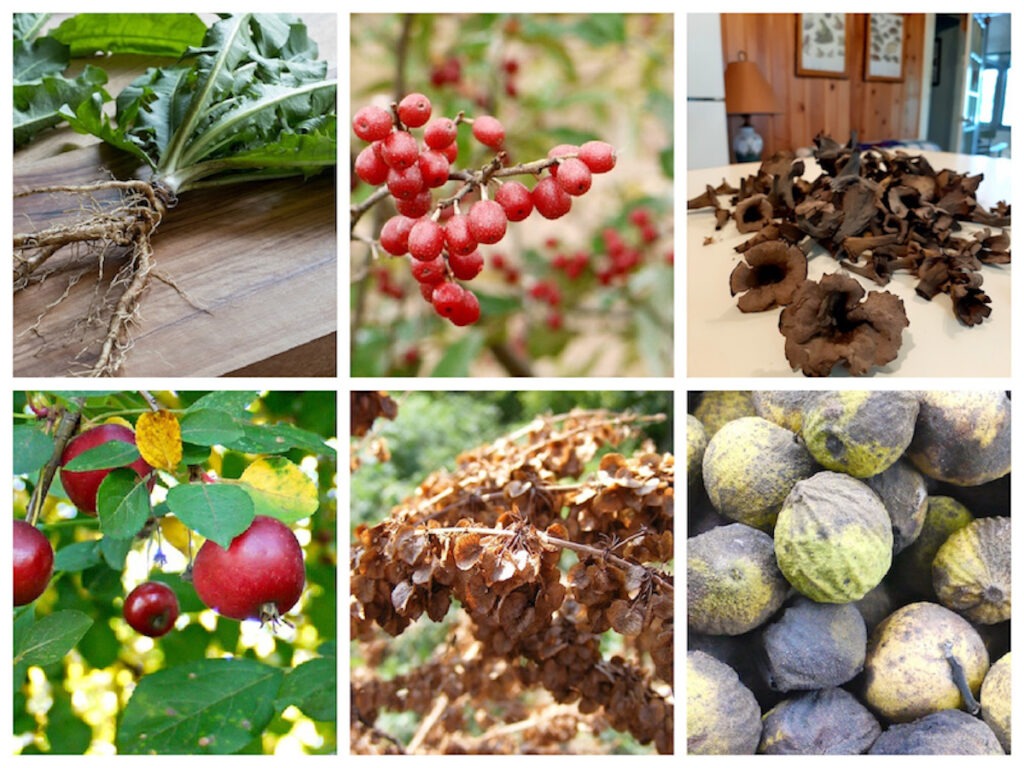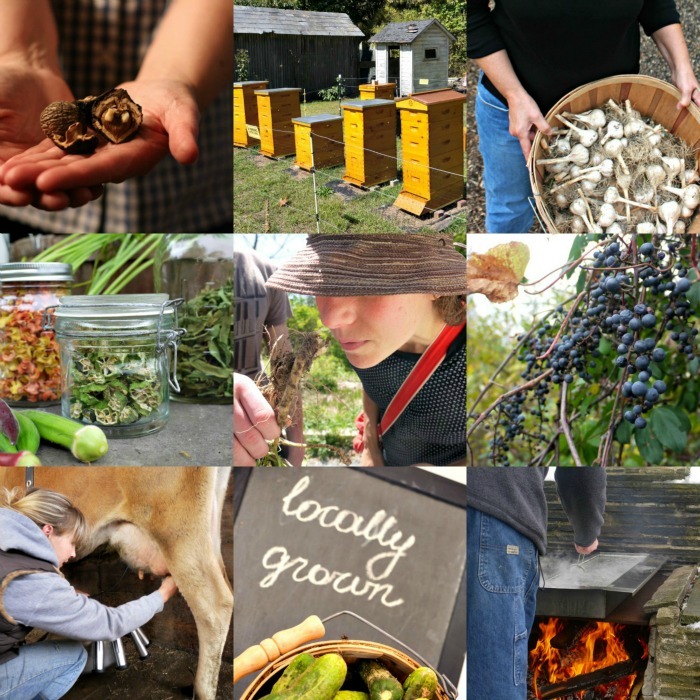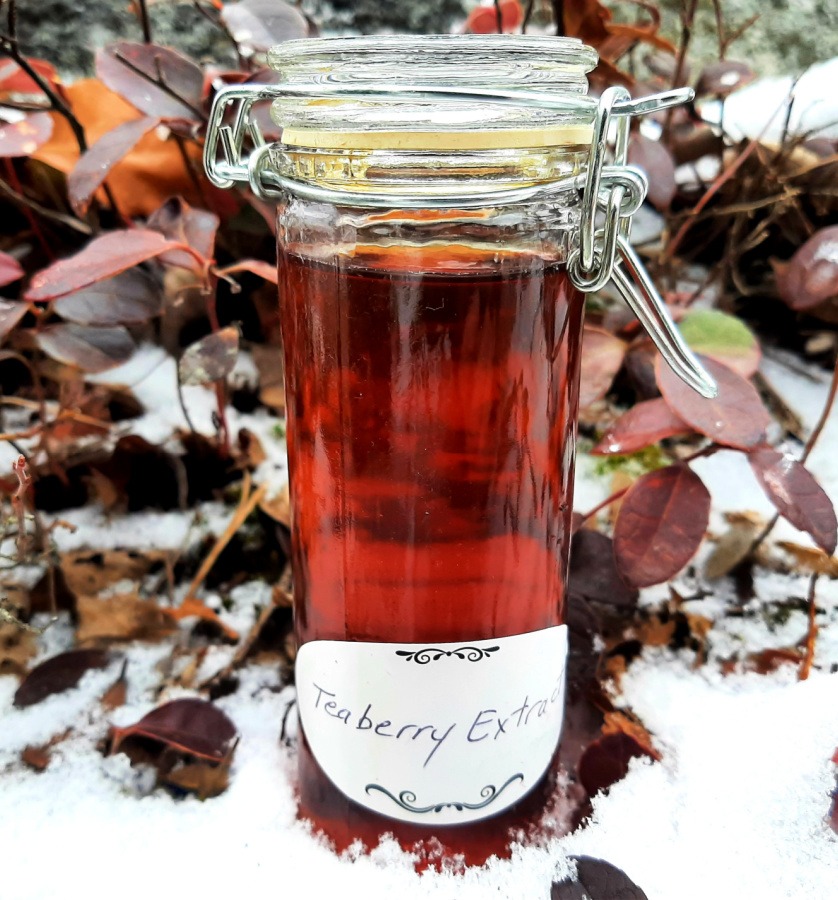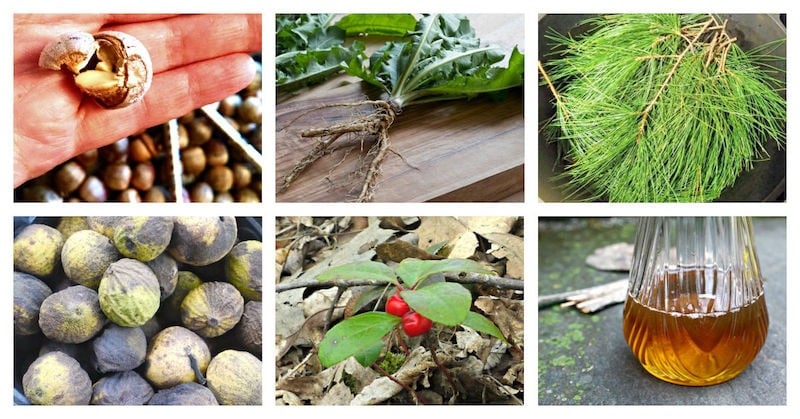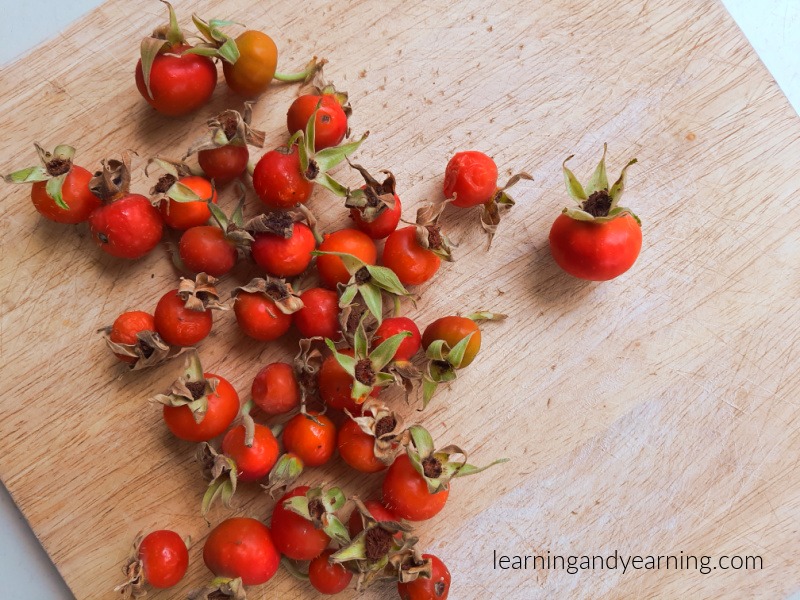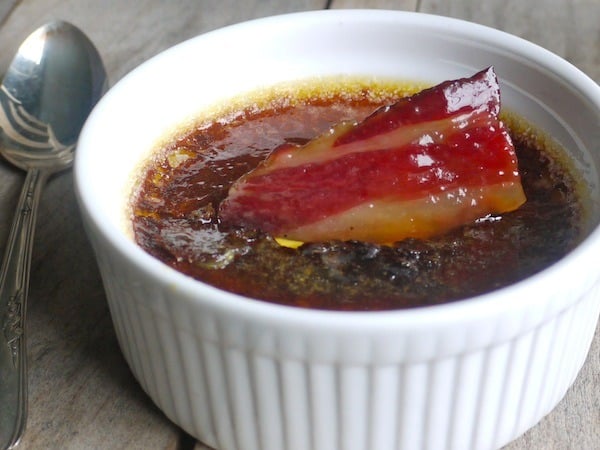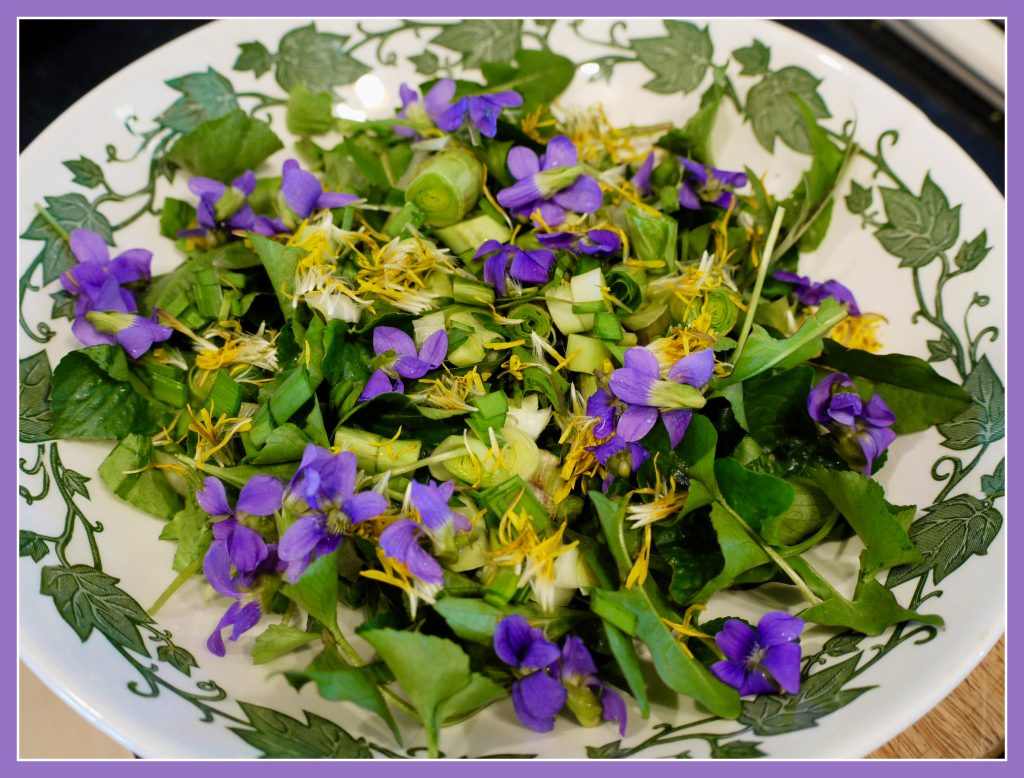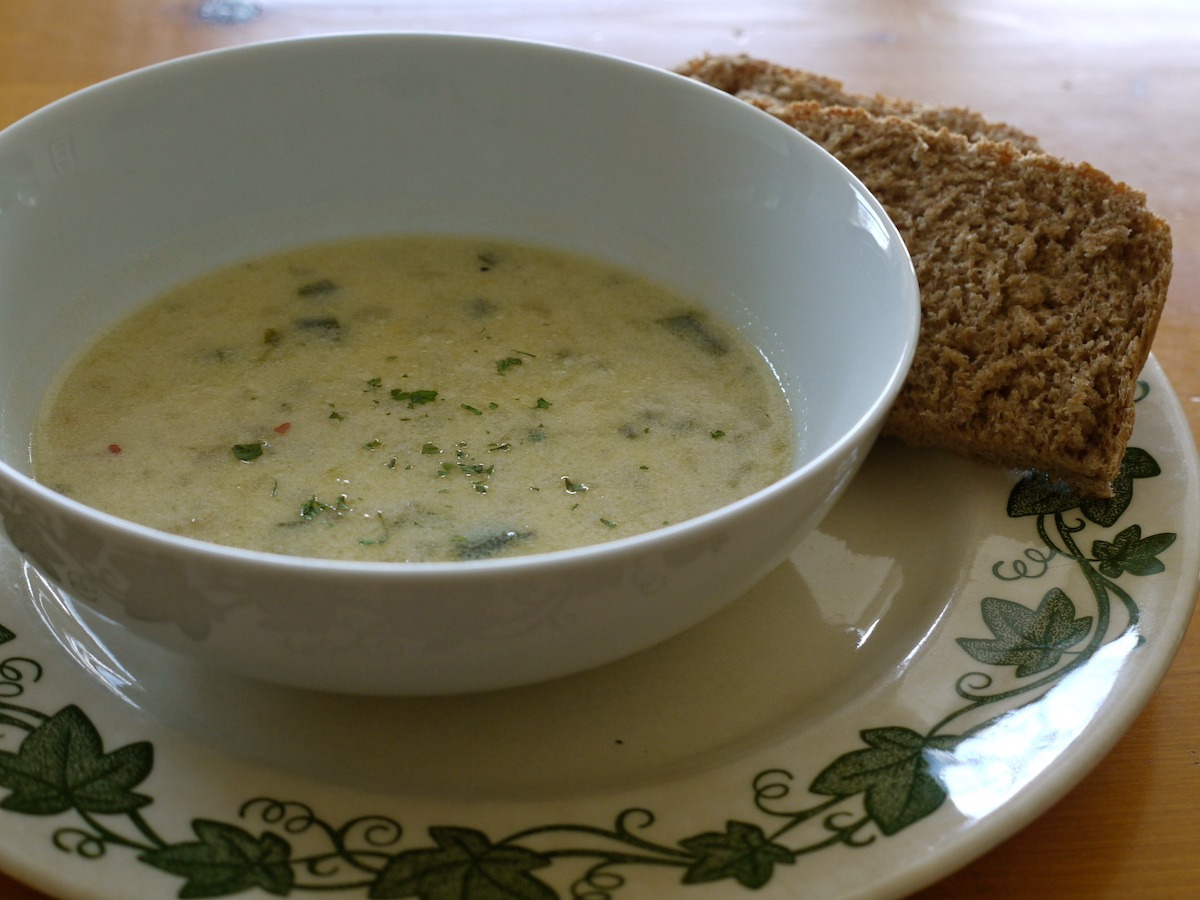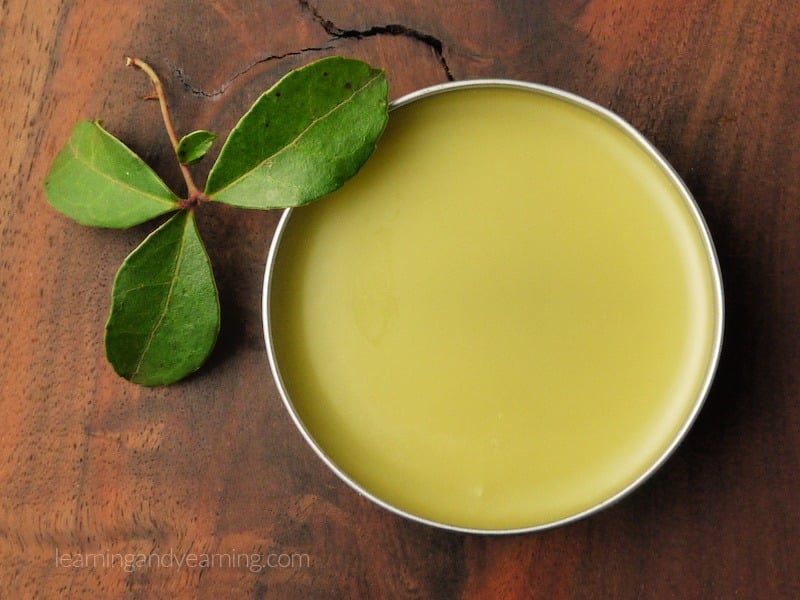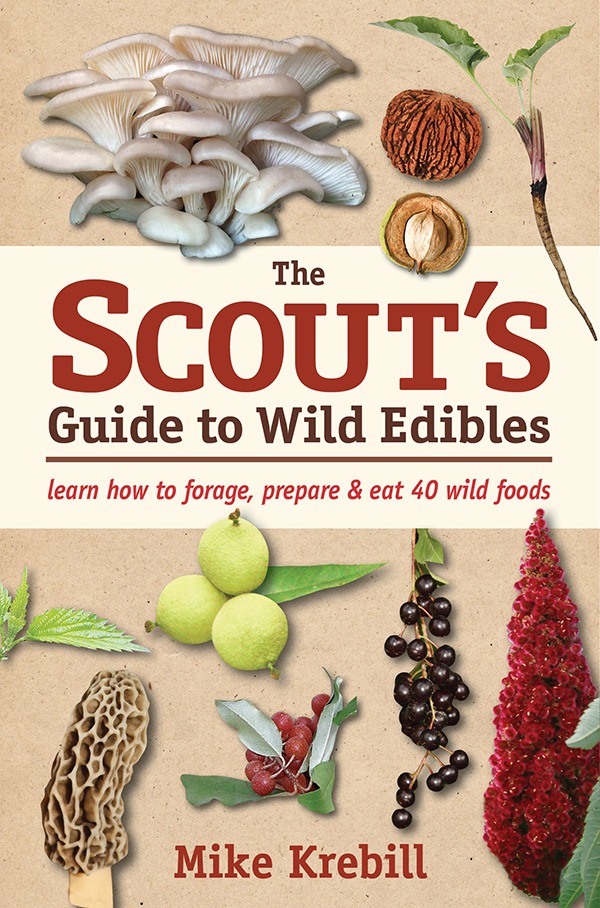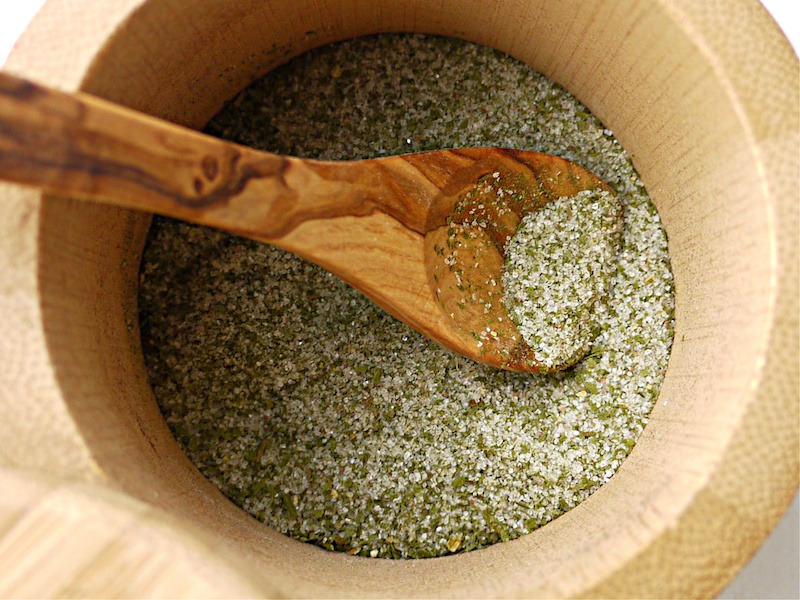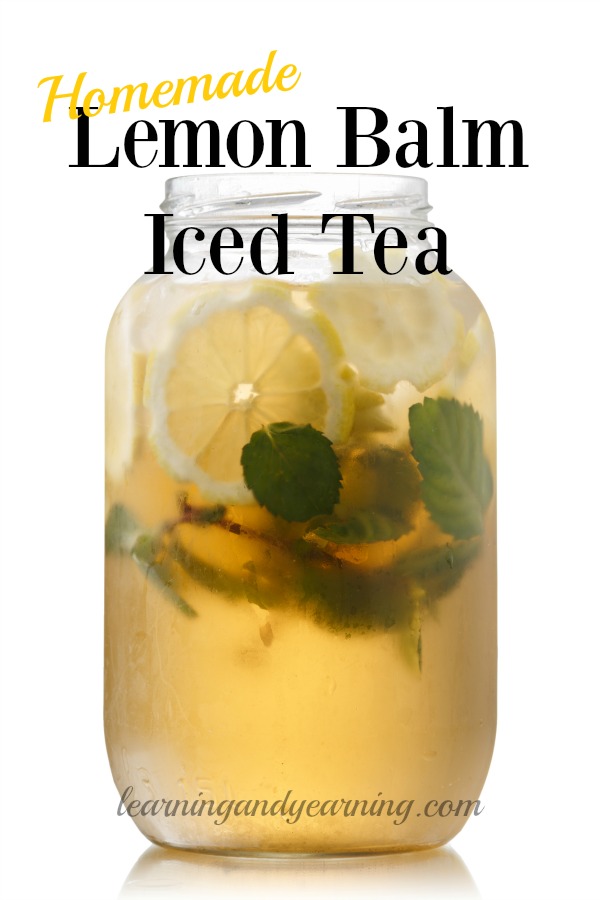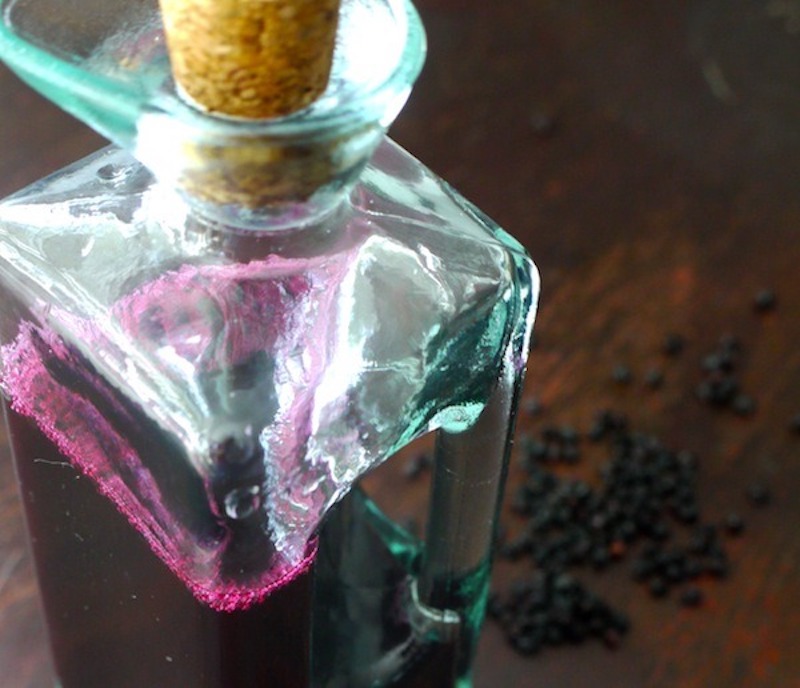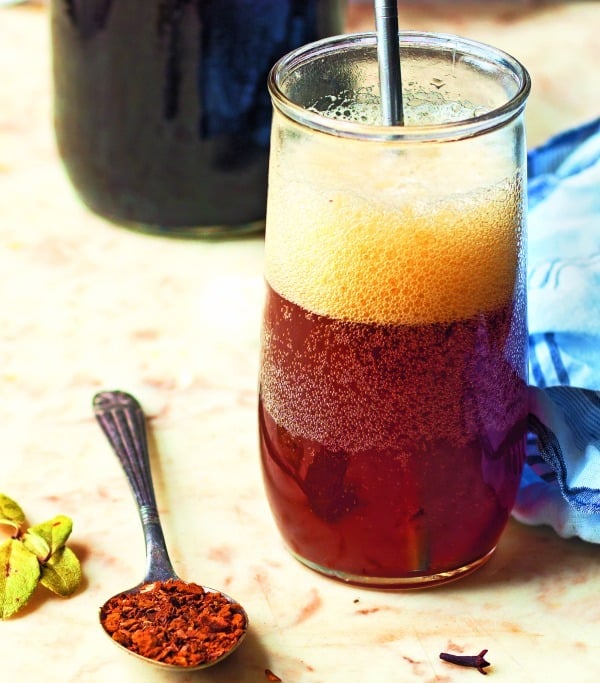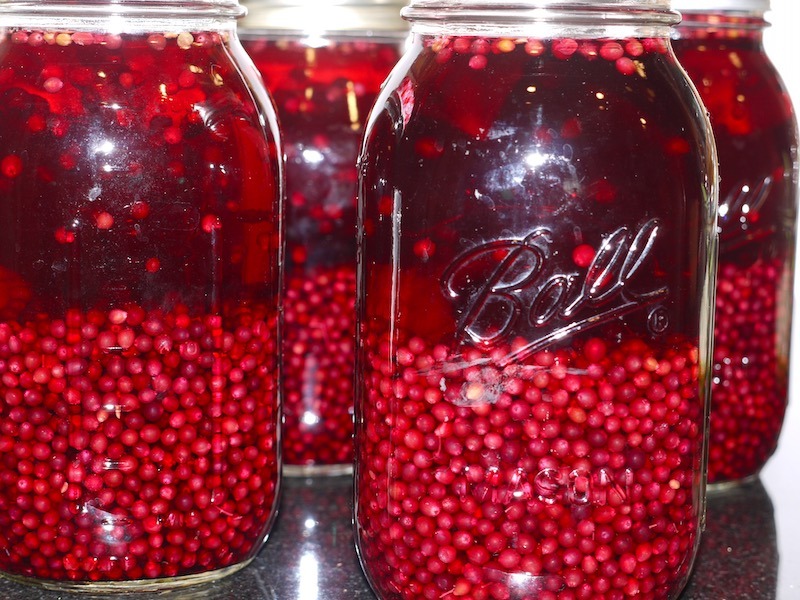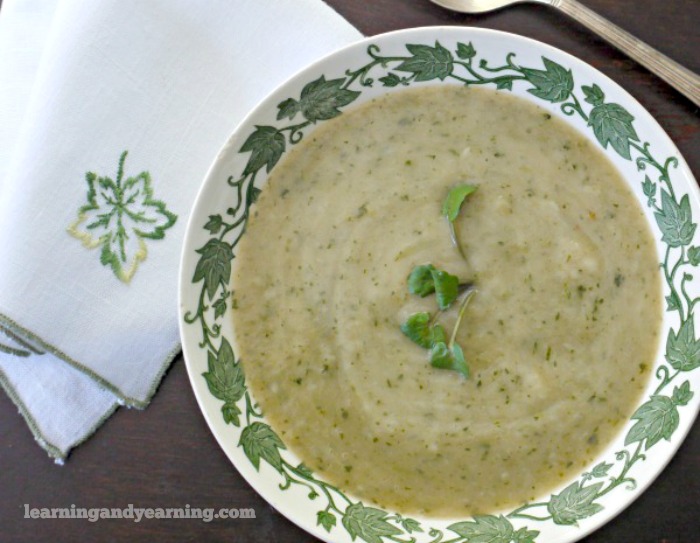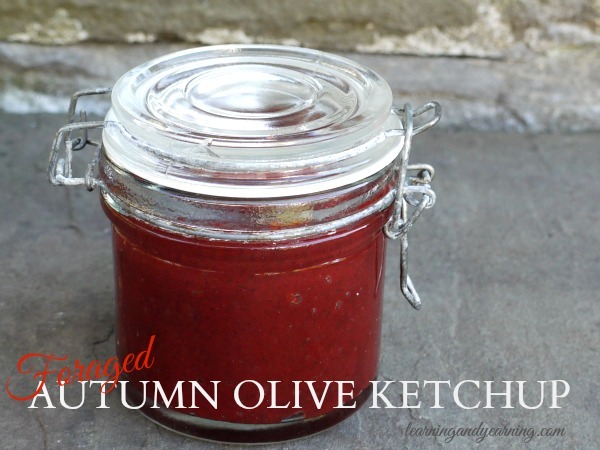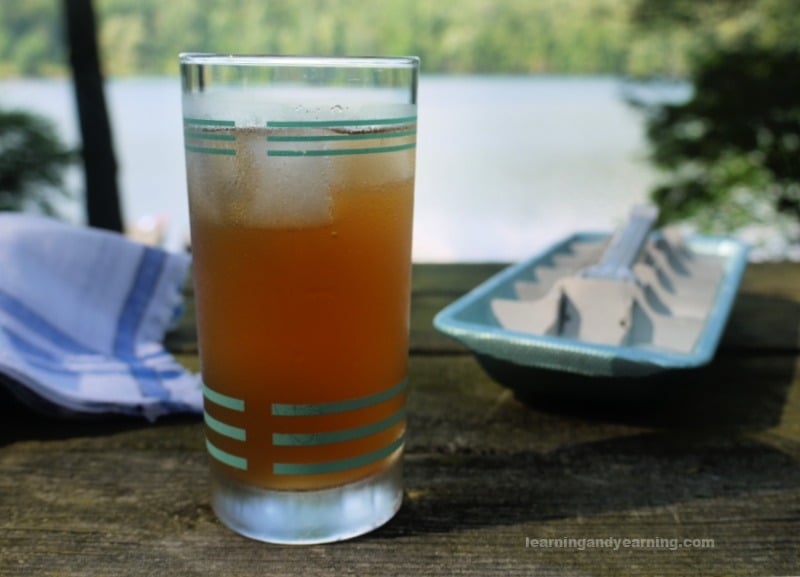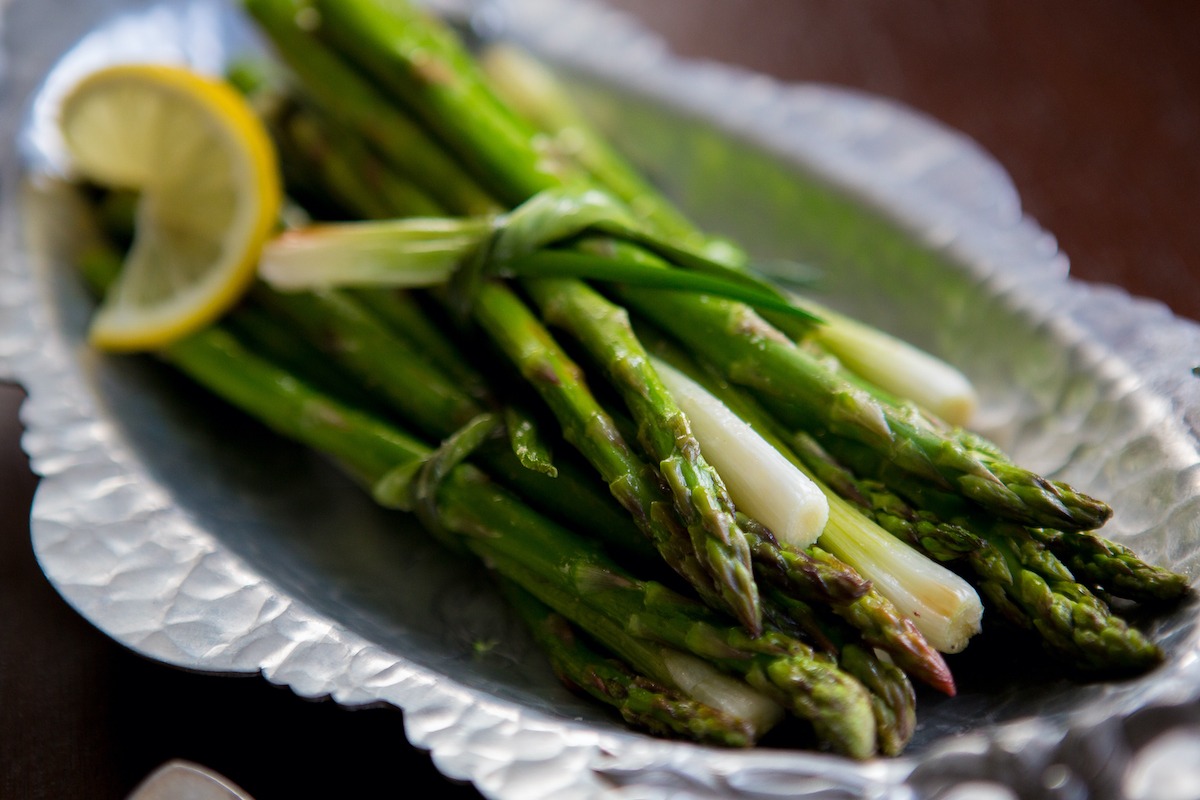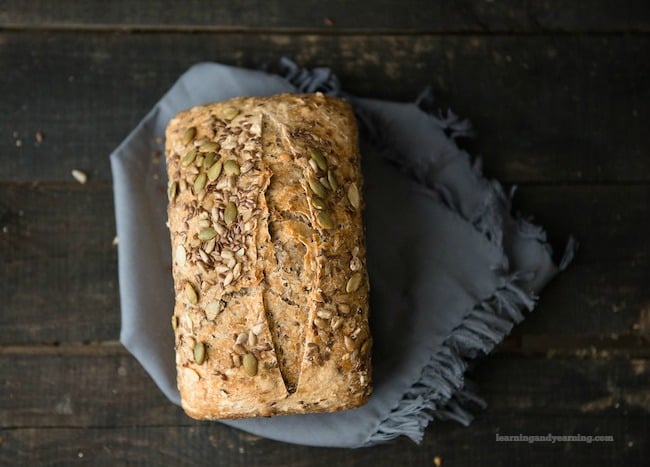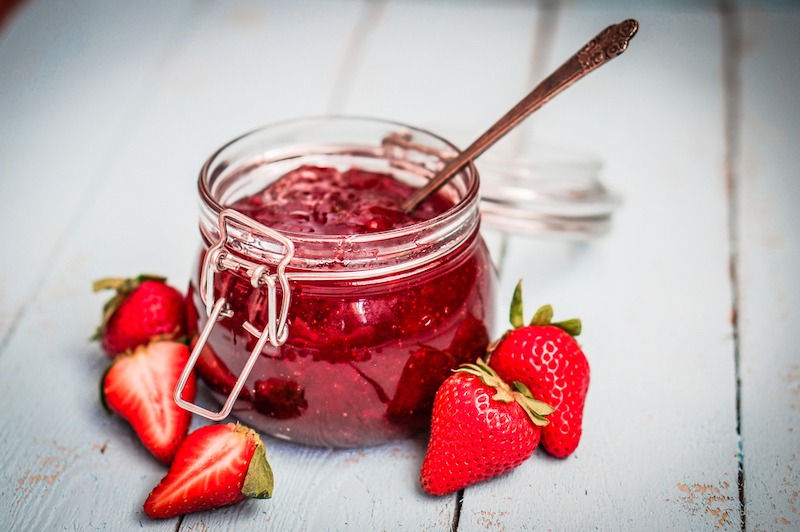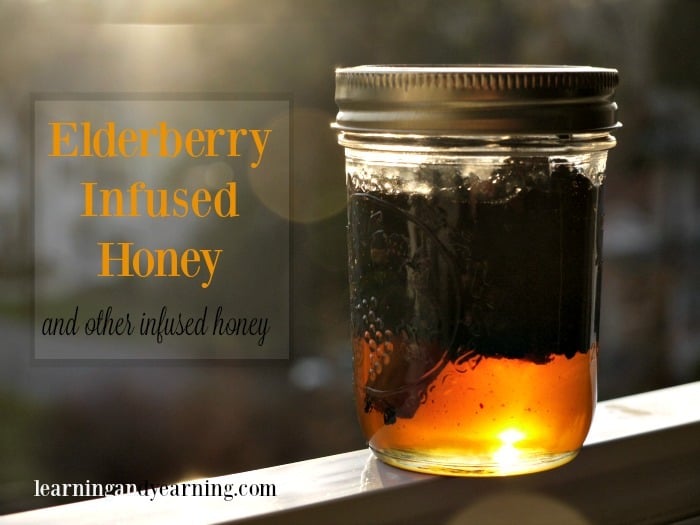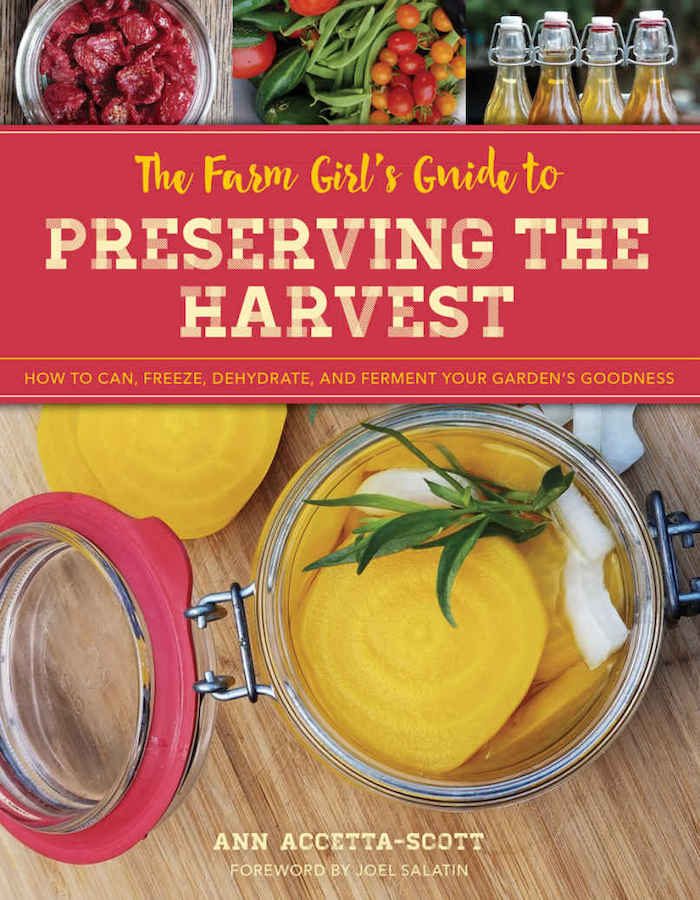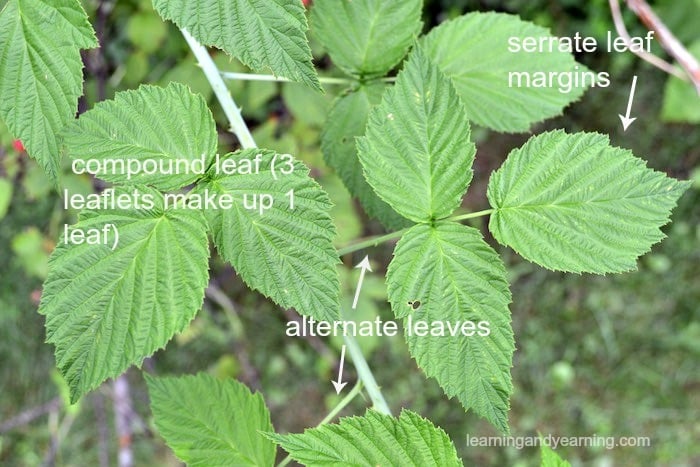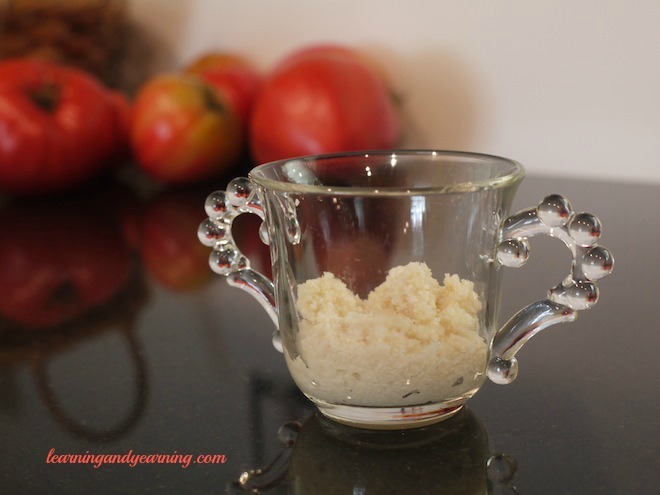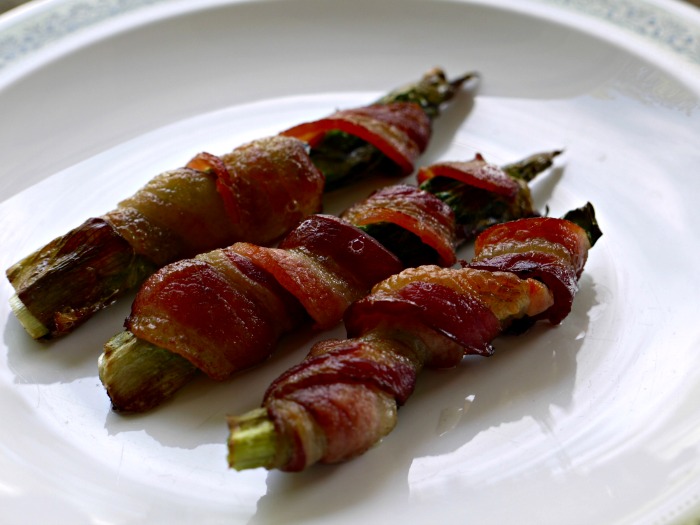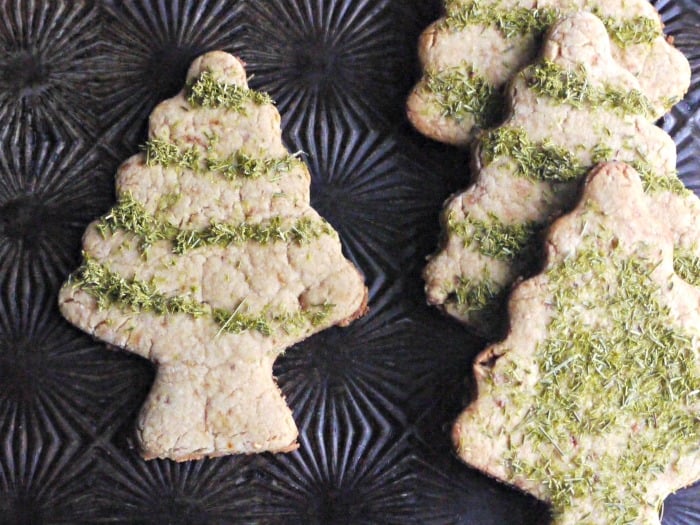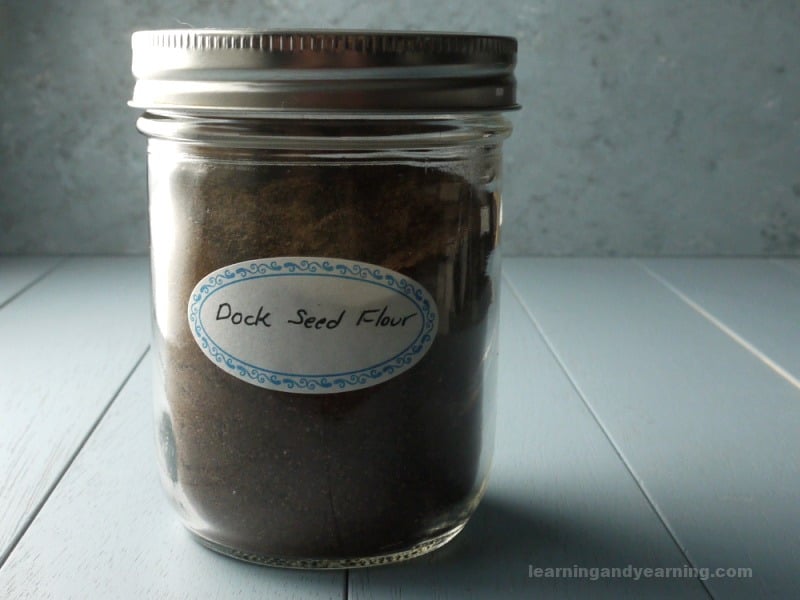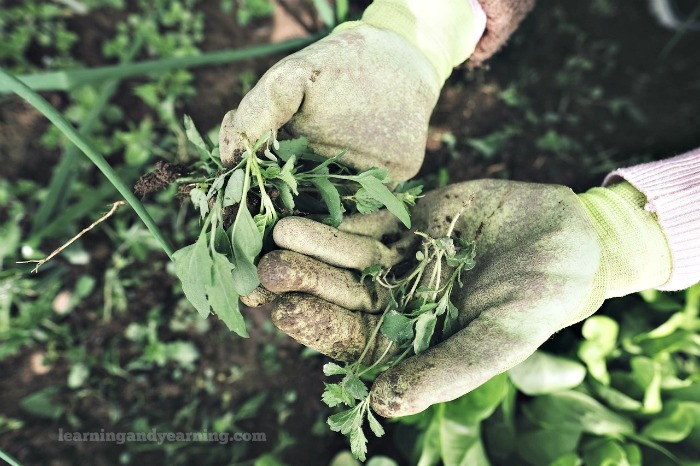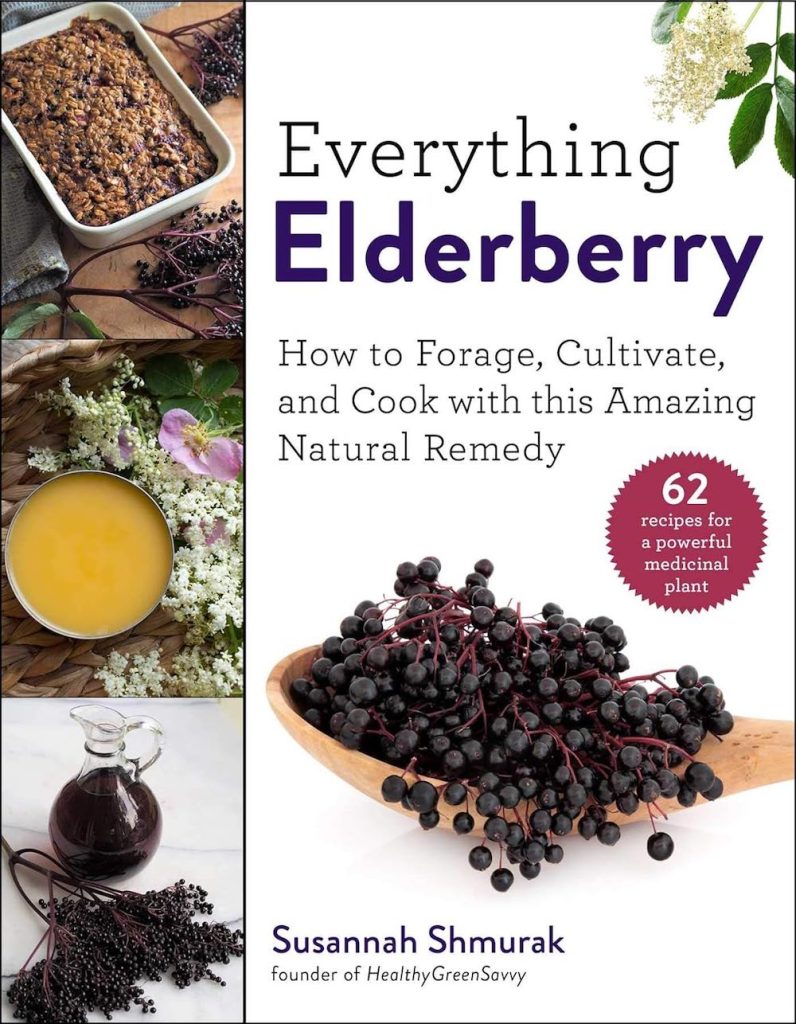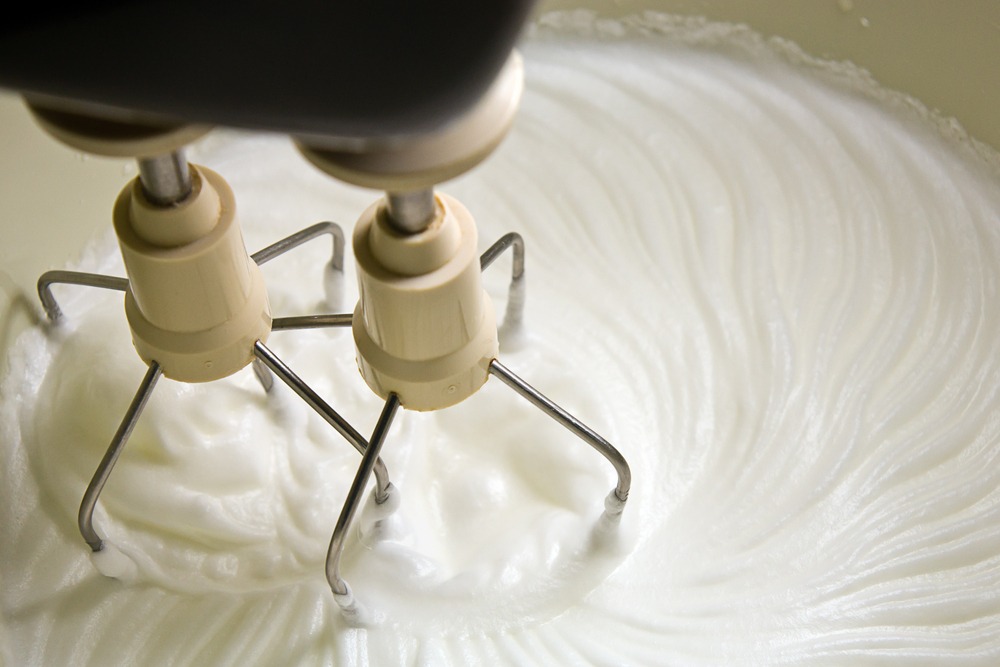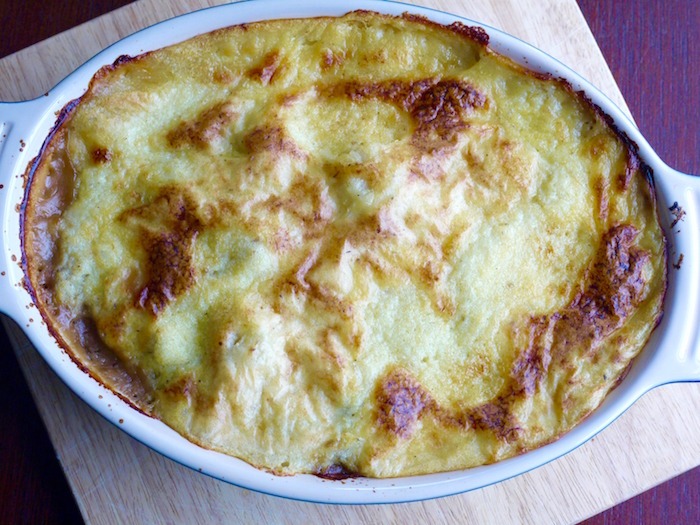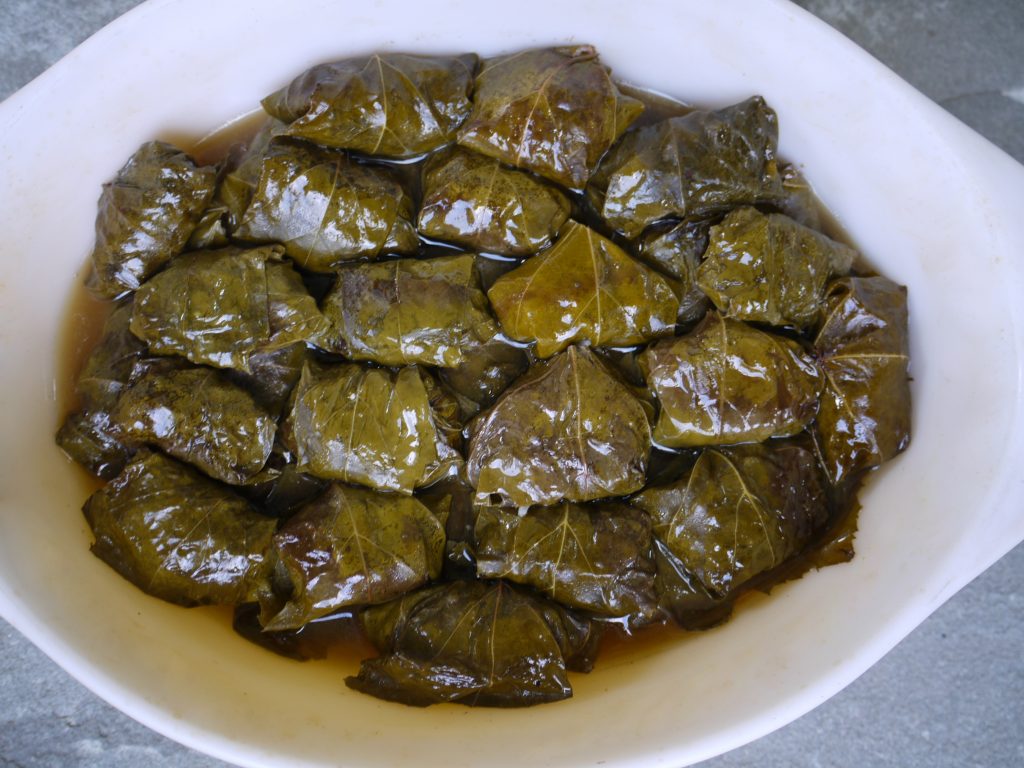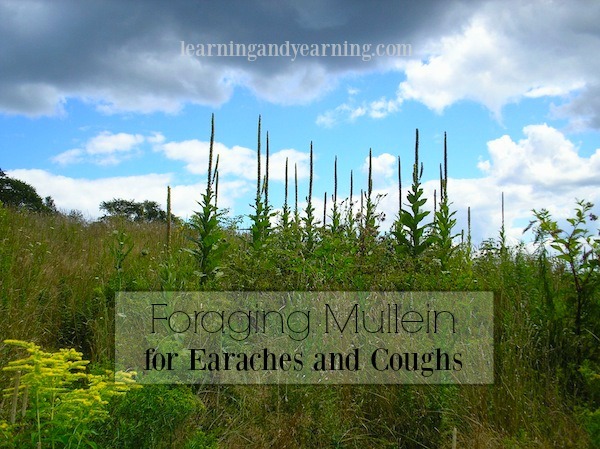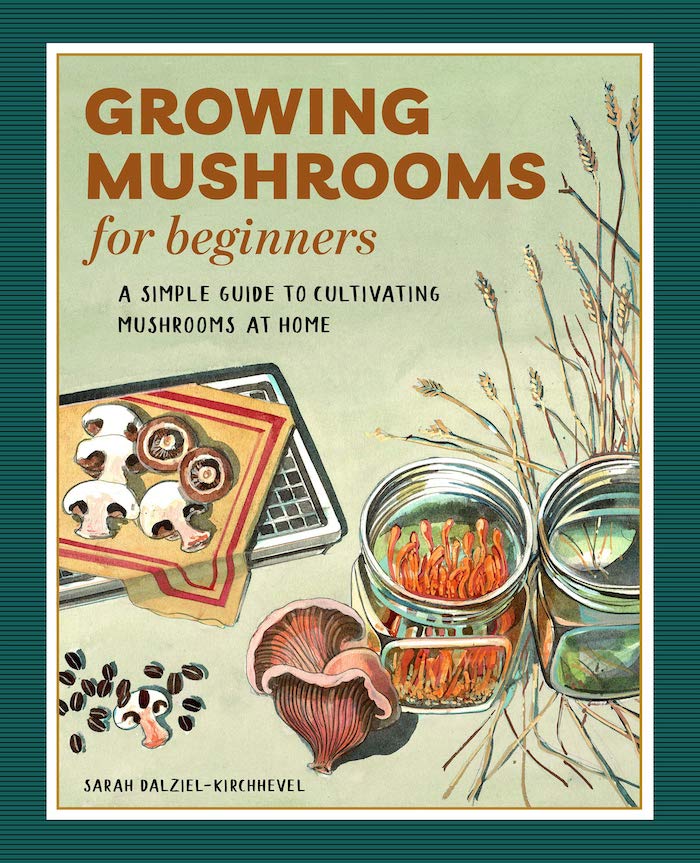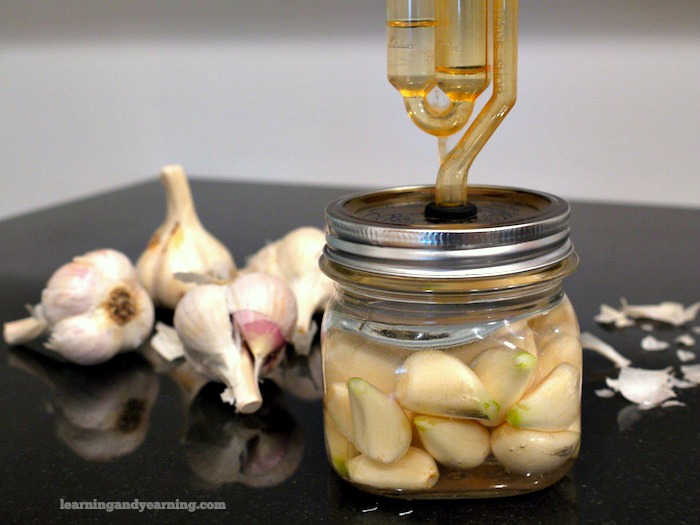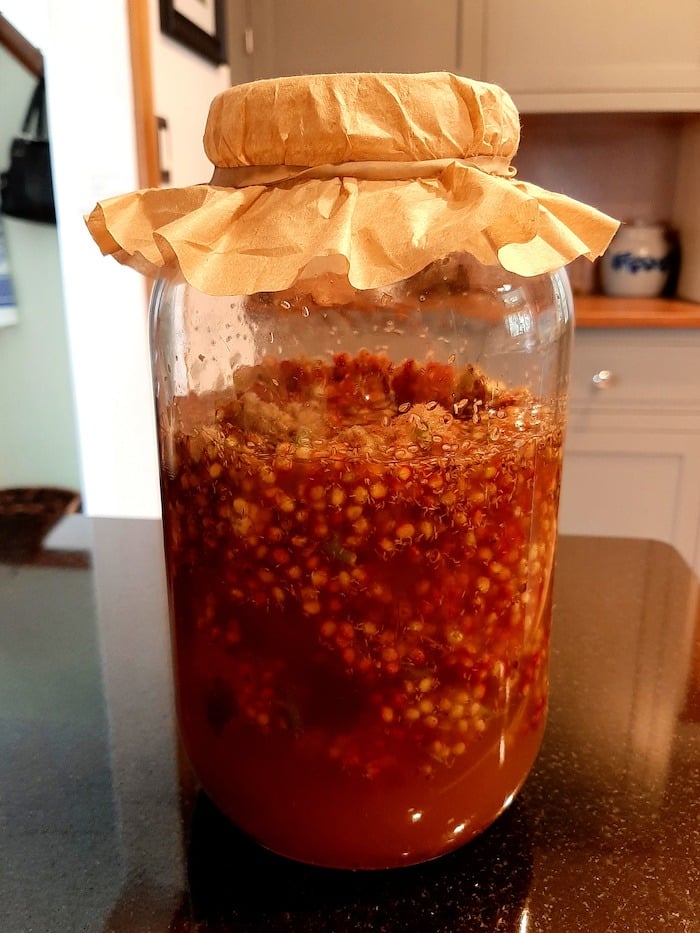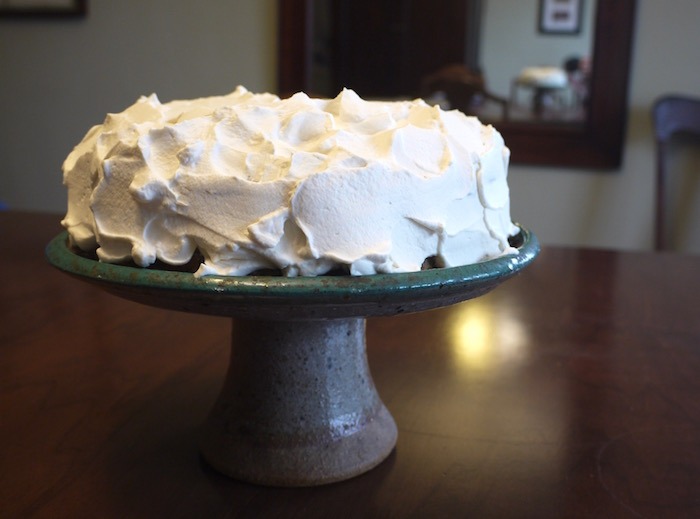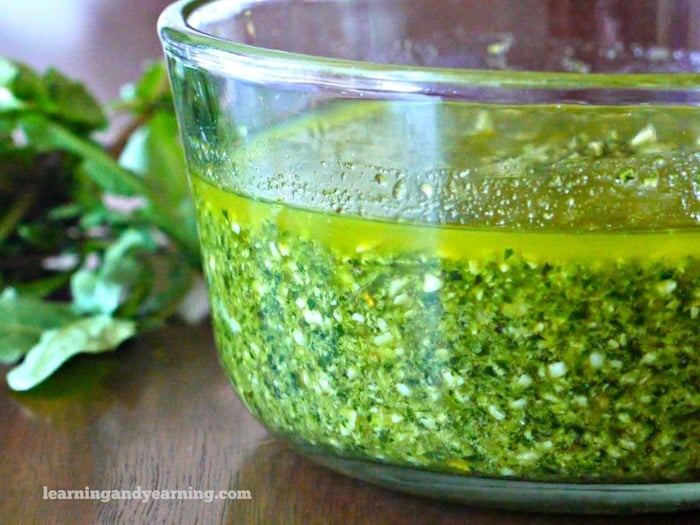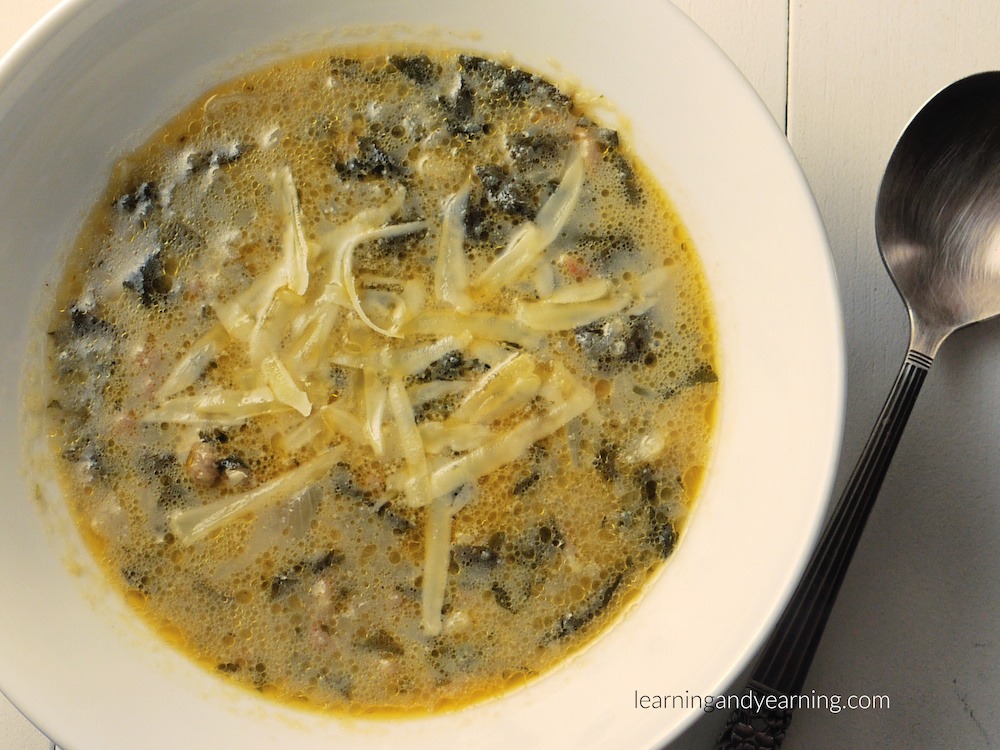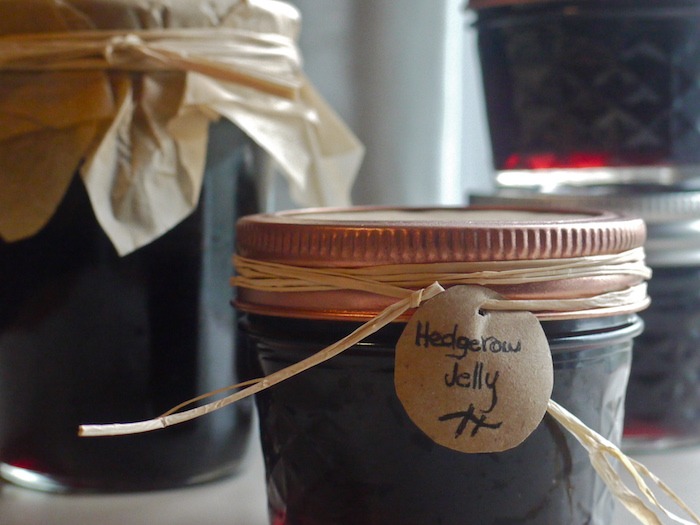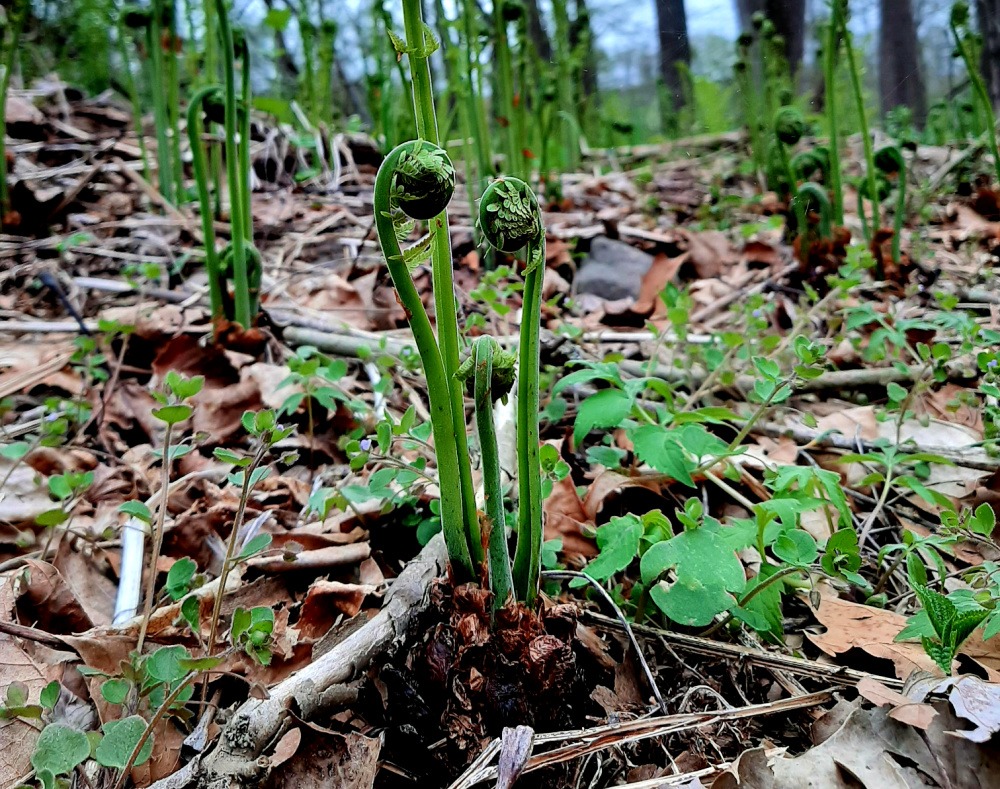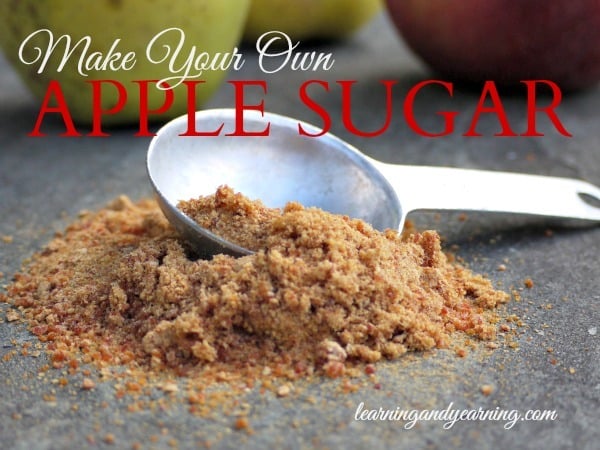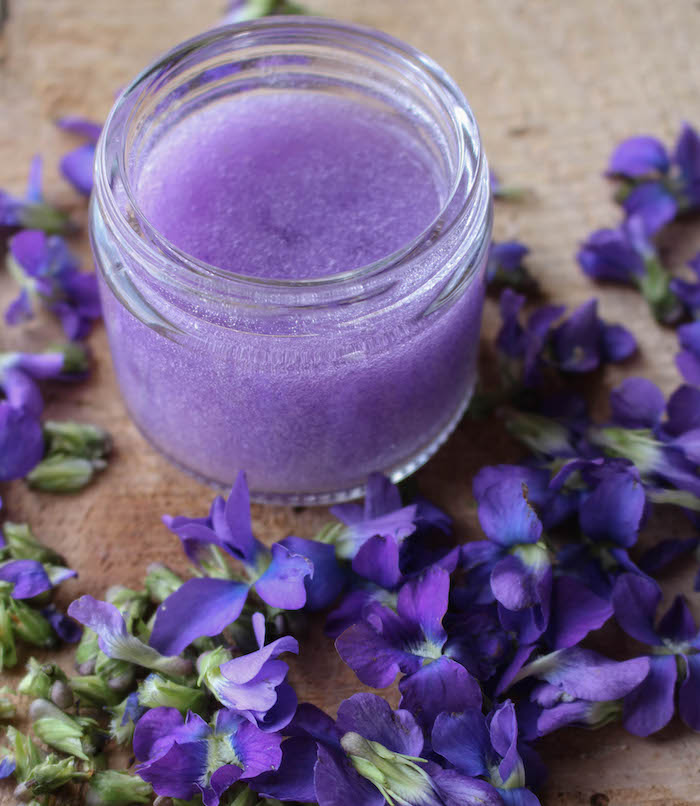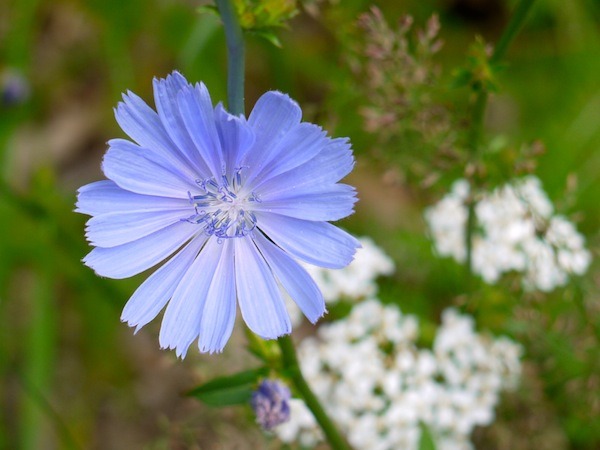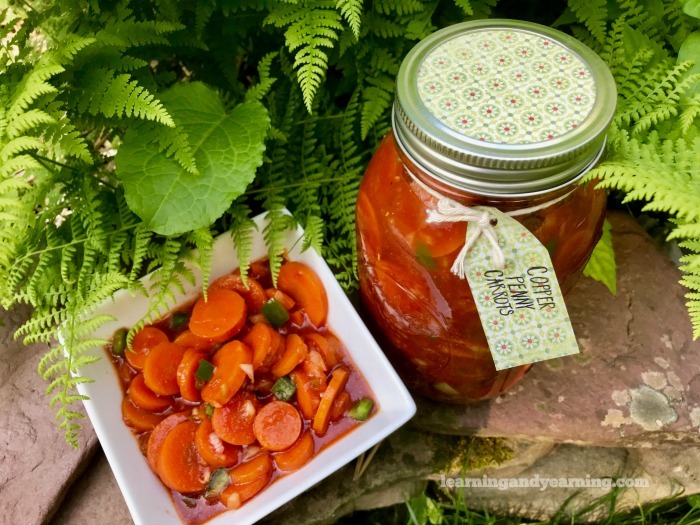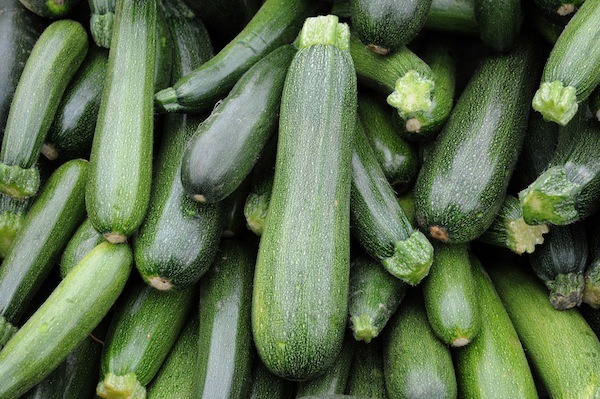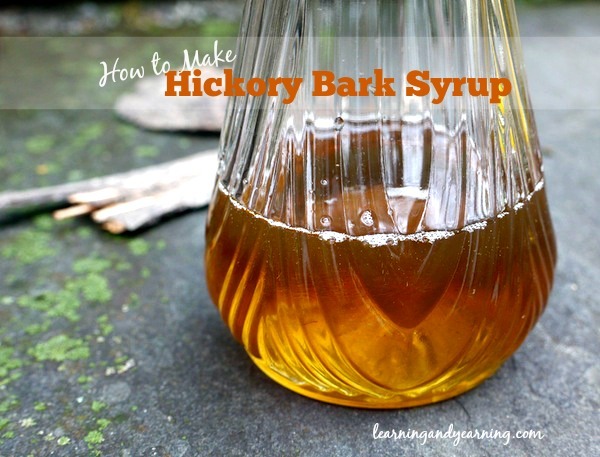
I’ve been interested in foraging most of my life. The problem is, except for picking wild berries, I rarely did it. But the bug has hit me hard the past year or two. I think I might love it more than gardening. And that’s saying a lot.
What’s not to love about being out in the woods and fields, discovering new plants, and learning how to use plants I’ve known forever? Fresh air, exercise, and free, healthy food all wrapped into one.
Plus, there’s that sense of adventure. A friend of mine and I recently joked about foraging being the cause of my death, and what my epitaph will say. But seriously, I’m super careful, and you should be, too.
Harvesting Bark From the Shagbark Hickory Tree
The Shagbark Hickory, Carya ovata, is a deciduous, nut-bearing tree native to much of the eastern U.S. The bark of this hickory naturally exfoliates, giving the tree its shaggy appearance, and making the tree quite easy to identify.
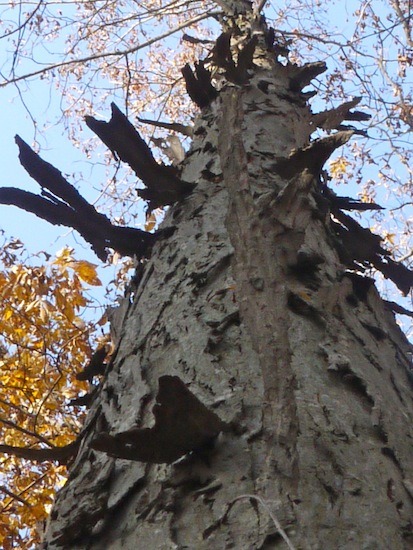
Surprisingly, the bark may used to make tea and a syrup similar to maple syrup. While maple syrup is made from boiled down sap, hickory bark is first made into tea, and then sugar is added to turn the tea into syrup.
Start collecting bark by first looking around on the ground for pieces that have already fallen. When removing bark directly from the tree, only remove pieces that are already very loose. Prying away pieces that are more tightly attached can leave the tree vulnerable to insect attack. You won’t need a lot to make your syrup.
On to the Hickory Bark Syrup Making
The first step in this process is to clean your bark. Using a stiff brush, scrub each piece of bark on both sides under running water to remove any insects or lichen. Pat the bark dry with a dishtowel.
Break the bark into manageable pieces – 4″ to 8″ works nicely. Preheat your oven to 325°F. Spread your bark in one layer onto cookie sheets, and toast in the oven for 20 – 30 minutes, just until you begin to smell a wonderful, hickory aroma. This step really helps to impart a lovely taste to your syrup.
Now place your bark into a large pot and cover with filtered water. Bring to a boil, and immediately lower the heat. Simmer slowly for a half hour.
Strain your liquid. Go ahead and enjoy a cup of this tea if you like, sweetened with a little honey. It’s rich in magnesium.
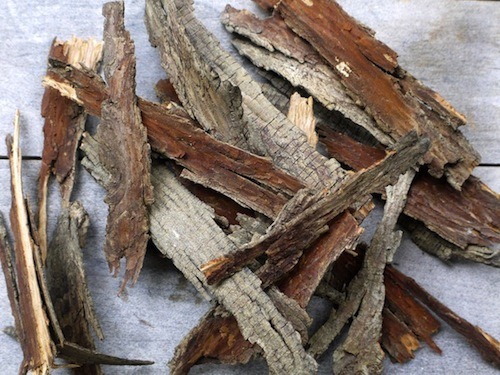
Don’t throw away the bark. Save it to toss on the coals the next time you grill to give your meat a smoked hickory flavor.
Now measure your liquid and add one cup of organic cane sugar for each cup of liquid. I’ve experimented with using honey instead of the sugar to make the syrup, but I didn’t care for the results. The honey was overpowering and it took longer to thicken. In addition, I prefer not to use expensive raw honey in recipes where it is cooked.
Be sure to completely stir in the sugar to prevent it from crystalizing later on in the shagbark hickory syrup. Bring the liquid back to a boil, and continue cooking until desired thickness. It’s not necessary to stir while cooking down the syrup. I used a candy thermometer and cooked mine until it reached 225°.
While the syrup is cooking, sterilize canning jars and lids. Once the syrup reaches its desired consistency, pour the hot syrup into the hot canning jars, leaving a half inch headspace, and cover with lids and rings. The lids will seal and the syrup will keep until ready to use. Once opened, refrigerate the syrup.
Use just like you would use maple syrup on pancakes and waffles. Add it to your favorite barbecue sauce. And yes, drizzle it over vanilla ice cream!
Are you a forager? What’s your favorite thing to forage?
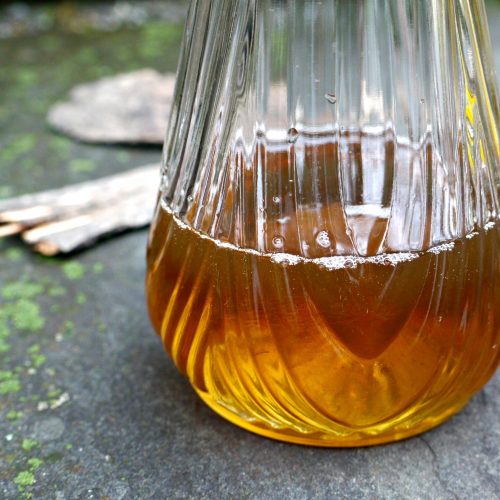
Hickory Bark Syrup
Ingredients
- hickory bark see note
- organic cane sugar
Instructions
- Using a stiff brush, scrub each piece of bark on both sides under running water to remove any insects or lichen. Pat the bark dry with a dishtowel.
- Break the bark into manageable pieces – 4" to 8" works nicely.
- Preheat your oven to 325°F.
- Spread your bark in one layer onto cookie sheets, and toast in the oven for 20–30 minutes, just until you begin to smell a wonderful, hickory aroma.
- Now place your bark into a large pot and cover with filtered water. Bring to a boil, and immediately lower the heat. Simmer slowly for a half hour.
- Strain your liquid and measure.
- Add one cup of organic cane sugar for each cup of liquid.
- Be sure to completely stir in the sugar to prevent it from crystalizing later on.
- Bring the liquid back to a boil, and continue cooking until desired thickness. It’s not necessary to stir constantly while cooking down the syrup. Cook until it reaches 225°F on a candy thermometer.
- While the syrup is cooking, sterilize canning jars and lids.
- Once the syrup reaches its desired consistency, pour the hot syrup into the hot canning jars, leaving a half inch headspace, and cover with lids and rings. The lids will seal and the syrup will keep until ready to use.
- Once opened, refrigerate the syrup.
